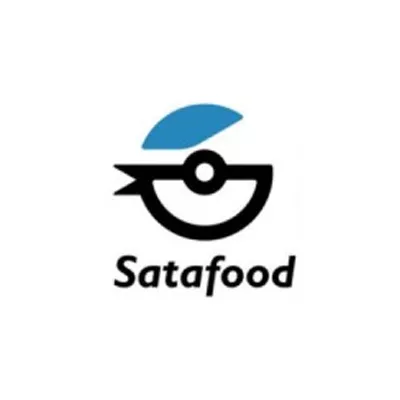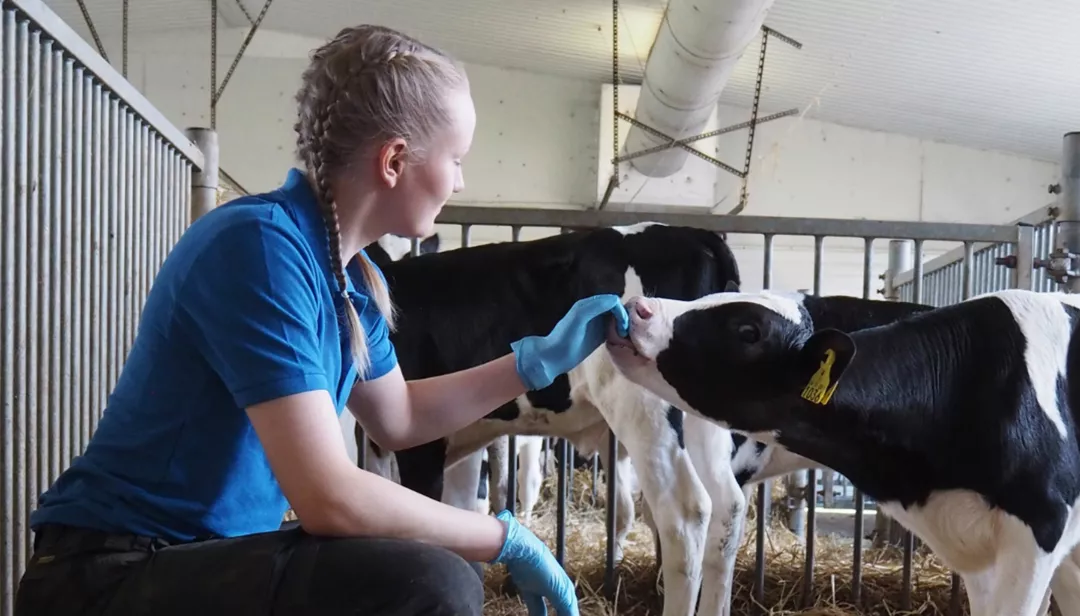General information
RDP Priority
- P3. Food chain and risk management
RDP Focus Area
- 3A: Agri-food chain integration & quality
RDP Measure
- M16: Cooperation
Summary
The project implemented a programme of development workshops for livestock farming stakeholders. It developed a communications campaign to improve the image of Finnish livestock agriculture among consumers and potential workers. The resulting campaign was distributed via major social media platforms (LinkedIn, TikTok, Instagram, and Facebook).
Results
Alongside a broad campaign of improved communications, the project helped participant farms to work in partnership with skilled recruitment professionals to help them find the labour they need.
The project enabled individual farms, union leaders, and representatives of the biggest food processing companies in the country to come together and address one of the biggest common threats to their industry.
The immediate beneficiaries are the livestock farmers, but as positive communication increases, the entire industry will benefit indirectly, thanks to the improved image of livestock farming in Finland.

Promoter
Satafood Kehittämisyhdistys ry
Funding
Total budget 214 812.00 (EUR)
EAFRD 72 176.83 (EUR)
National/Regional 99 672.77 (EUR)
Private 42 962.40 (EUR)
Resources
Documents
Links
Context
Labour shortages can limit the development of agriculture worldwide, and Finnish livestock farms are no exception when it comes to the challenges of hiring a skilled workforce. Livestock farms in Finland are largely dependent on seasonal / casual workers from aboard. However, due to the COVID-19 pandemic the availability of this workforce became limited.
At the same time, succession is also an issue. As farm sizes and value have increased, generation renewal has become more and more of a challenge because young farmers can be obliged to take on high levels of debt to cover the costs of state inheritance taxes.
Furthermore, livestock farming and production may not seem an attractive industry in terms of its image, and farms do not have sophisticated labour recruitment processes or human resource retention and investment plans in place that could change the way their sector is perceived.
In 2021, the number of Finnish farms being taken over by young farmers hit a record-breaking low, as just over 200 out of some 45 000 farms in Finland, were taken over by young successors.
Objectives
The most important aim of the project was strengthening availability of skilled labour for Finnish livestock farms. At the same time, the project contributed to generational renewal by improving the image of the sector.
The project would do this by improving the competitiveness and development opportunities of Finnish livestock production by investing in modernising the industry's perception and its communication, openness, employer image and recruitment know-how.
The lead applicant and project implementor was the Satafood Association, with some work package tasks sub-contracted to the ‘Maitoyrittäjät’ Milk Producers Union.
Activities
The project focused on livestock farms across five regions in West Finland via a partnership that includes farm production and labour unions alongside some of the biggest food processing companies in the country (e.g. Atria Ltd and HKScan Finland Ltd) with the livestock farms that they contract.
The project planned to involve 50 farms in developing their skills via:
- a series of livestock farm needs analyses.
- a programme of regional workshops to improve public relations practices and recruitment know-how within the sector.
- the production of joint communication materials - both for the farms themselves and the broader public media - to improve the sector’s business image and employer attractiveness.
The project organised 20 workshops and a final seminar, as well as a series of webinars on the topics of employer image, social media, recruitment, and personnel management. A final seminar discussed the skills shortage in rural areas and the industry's image more broadly.
Main results
The project has helped participant farms to work in partnership with skilled recruitment professionals to help them find the labour they need.
This project also enabled major stakeholders to collectively explore one of the biggest common threats to their industry. Together, they have reviewed the image of the livestock sector from multiple perspectives in pursuit of modern, responsible, and transparent solutions that take worker wellbeing and animal welfare into consideration. Results helped to improve the image of livestock farming in Finland. Immediate beneficiaries were the livestock farmers, but as positive communication increases, the entire industry can benefit indirectly. This is expected to go some way towards mitigating the farm generation renewal issue.
Key lessons
Projects like this should always seek to foster cooperation and conversation across different lines of production because it strengthens the sector overall.
The partners and participants were all satisfied with their experience of working together on this project, and it has been great to notice how fruitful the discussions between them have been: in the end, whether you’re a pig producer or a milk producer, the problems you face are similar.
“The project has also taught to me in person how the Finnish agri-food chain operates. All levels are inter-linked and inter-dependent. Our food processing companies, retail trade and the Finnish consumers won’t be happy if the farmers aren’t happy and getting their fair share.”
Annika Eklöf, project manager
